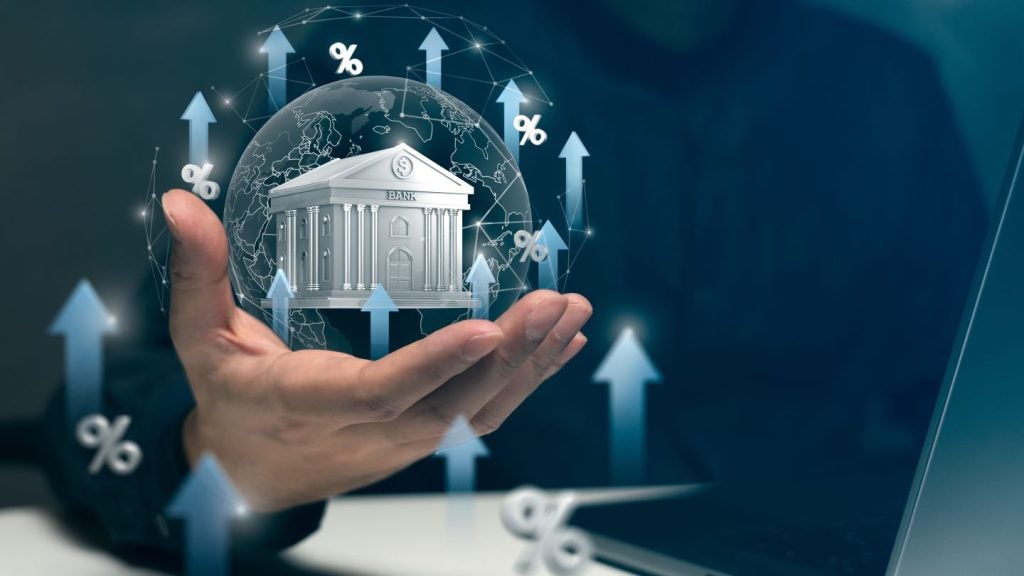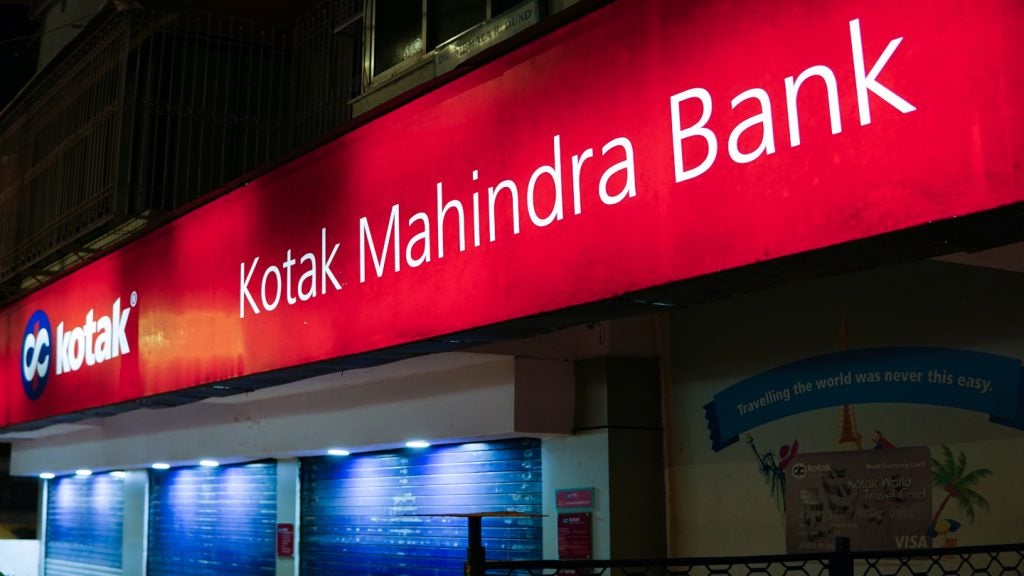The rise of digital wallets, coupled with the adoption of the mobile phone as a mobile payment technology, hint at a future driven by digital first strategies. Can banks move fast enough? Or will legacy systems prove their undoing? Christopher Evans, director at Collinson Group, reports
The cashless society is not a new concept. Debate about the future of cash has raged since the introduction of magnetic strip cards decades ago but in the age of the digital customer, banks are struggling to engage and retain customers, with millennials and generation Z proving the most challenging. Could ditching cash be the route to customer loyalty for the modern bank? Collinson Group research suggests yes and that it is a win for both customer and bank.
Collinson Group polled 2,500 loyalty programme members across the globe and found that they used a mobile wallet (such as ApplePay or Android Pay) an average of seven times a month – this figure was as high as 10 times per month in the US.
The research also found that 71% favour brands that are early adopters of technology. Despite consumer interest in these services, a number of major banks have yet to announce plans to support services such as Android Pay, including Barclays, Natwest and Santander.
Convenience and reward
Mobile phones are an integral part of everyone’s lives – from capturing and sharing memories, to booking travel, grocery shopping and keeping up with news. There are now more mobile phones on the planet than people.
With apps providing information on everything from how we eat, exercise and source entertainment, to how we sleep, it is natural for people to use their phones to complete financial transactions.
How well do you really know your competitors?
Access the most comprehensive Company Profiles on the market, powered by GlobalData. Save hours of research. Gain competitive edge.

Thank you!
Your download email will arrive shortly
Not ready to buy yet? Download a free sample
We are confident about the unique quality of our Company Profiles. However, we want you to make the most beneficial decision for your business, so we offer a free sample that you can download by submitting the below form
By GlobalDataUsing mobile as a payment technology makes customers’ lives easier and is more efficient. No more fumbling around for cash or trying to remember different pins – just a simple wave of a mobile device or a biometric scan and the transaction is complete. By making mobile payments even more accessible, banks will generate positive brand association and will build loyalty with their customers.
If they don’t they risk missing out on revenue. Research from financial analyst firm, Lafferty, reveals that non-bank players dominate the US mobile payments market, led by initiatives such as Walmart Pay, Abra and Samsung Pay. They also found that person-to-person (P2P) transactions are gaining more popularity in the US compared to other countries. In total, $7.5bn was transferred using Venmo, one of the most popular P2P money transfer services, during 2015.
Many customers only use banking services a few times a month but are likely to make contactless payments several times a day. Unlike a credit card, a mobile payment also creates the opportunity to deliver a relevant offer, reward or additional service to the customer.
For example, a reminder about a balance and the opportunity to transfer more money; a chance to earn loyalty points in the future, or to use those points to pay for purchases. These are powerful opportunities for banks to offer greater convenience, relevance, timeliness and rewards to customers.
Organisations are recognising the convergence between payments and loyalty, with First Data acquiring Perka (a loyalty platform) and Clover (a point of sale solution), and Visa investing in Square, so that it can offer a closed-loop digital payment and retail system.
Using data and digital wallets
Perhaps the biggest opportunity arising from the cashless experience is the chance to generate more data and use this to retain customers.
A traditional card payment gives the bank insight about a purchase based on outlet, time and location.
For mobile payments, more information is available such as links to social media profiles, mobile browser history and other contextual information through collaboration and shared application programming interfaces (APIs).
Analysis of this behavioural data, including real-time data, can help banks to create better services, deliver great experiences and provide more valued rewards for customers.
Today the majority of consumers have used digital wallet services such as PayPal, increasingly for face-to-face as well as online transactions. Consumers will choose the fastest, most convenient and secure digital payment option and offering a frictionless, channel agnostic service is a way for brands to add value to consumer experiences.
To demonstrate the potential for banks, in China the two main players in this area – Tencent’s WeChatPay and Alibaba’s AliPay – are far ahead of the West in terms of frequency of use and share of wallet across all demographics.
Alibaba is also expanding into other areas of financial services, with its proposed acquisition of US-listed money transfer service, MoneyGram International.
Overcoming barriers
Banks are taking steps towards a digital first engagement strategy but these changes are incremental.
One of the biggest barriers banks face is overcoming legacy systems and infrastructure, with new platforms facilitating rapid analysis of big data and increased collaboration with third parties through open APIs.
By working with the right partners and adopting a digital first mindset, such as facilitating the reduction of physical cash, banks have a massive opportunity to increase revenue and boost loyalty.
Final thoughts
Banks have an opportunity to build real-time loyalty initiatives based on behavioural data, enabling customers to collect and redeem rewards that are relevant, personal and broad enough to engage more members.
A completely cashless society is still a long way off, but there are many reasons why banks should champion contactless payments and couple this with loyalty programme apps or messaging platforms.
It provides the opportunity for consumers to pay with points and cash, increasing the utilisation of loyalty currency, and presents an improved customer experience and more value to customers overall.
For financial services brands, it offers the opportunity to deliver a differentiated, personal, relevant and unique customer experience. It is undoubtedly a win for customers and a win for banks.







